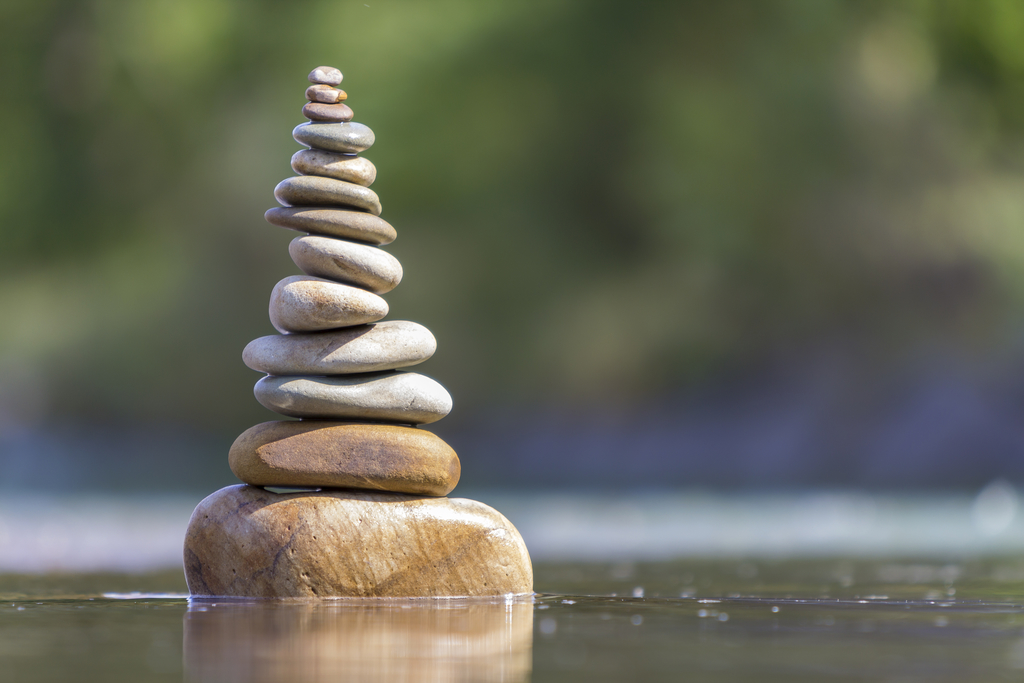
13 Jan A Beginner’s guide to meditation: How to start the right way
Cheers! You have decided to start meditating and we are here to take guidance for it. Please know meditation is training our mind to go to thoughtless state eventually and it starts with reducing the thoughts in our mind slowly. Part of our mind interacts with our thoughts and creates an image of us which is different from others and when we see ourselves different from others, duality sets in immediately and we start getting pleasure from possessing and owning things and relations. This triggers the stress in us, making us fearful or doubtful of either losing them or controlling them. Your focus on taking care of your own little world starts making you feel that, without you, nothing can survive and this gives birth to Ego. Both ego and fear cause stress and we start wandering in several thoughts which does not allow our mind to remain calm. We know reducing thoughts are not so easy and therefore we try to balance both sides of our brain by performing Pranayam in order to achieve gradually calming down of our mind.
Let us now start on how to do it :
- Prepare yourself by sitting in Padmasana, Siddhasana or just in cross leg position, hands in chin mudra or just putting your both palms in your lap at centre.
- Close your eyes, breath deeply and exale as slowly as possible. You can also use Para Prasad mantra if you have taken it from your Guru. Let the thoughts run as they are running and be in this position for as long as you want.
- Perform it every day at same time regularly preferably early morning before sun rises as spiritual energy is present in atmosphere at this time making your mind calmer than rest of the day. Keep your face towards north, east or north east. Do it at same place everyday to experience the magnetic field created by the meditation.
- Use your mantra if you have one for faster results. Make your Ajna Chakra or root chakra your focal point.
- Slowly duality will disappear with practice and you will be able to enter into a meditative state.

No Comments